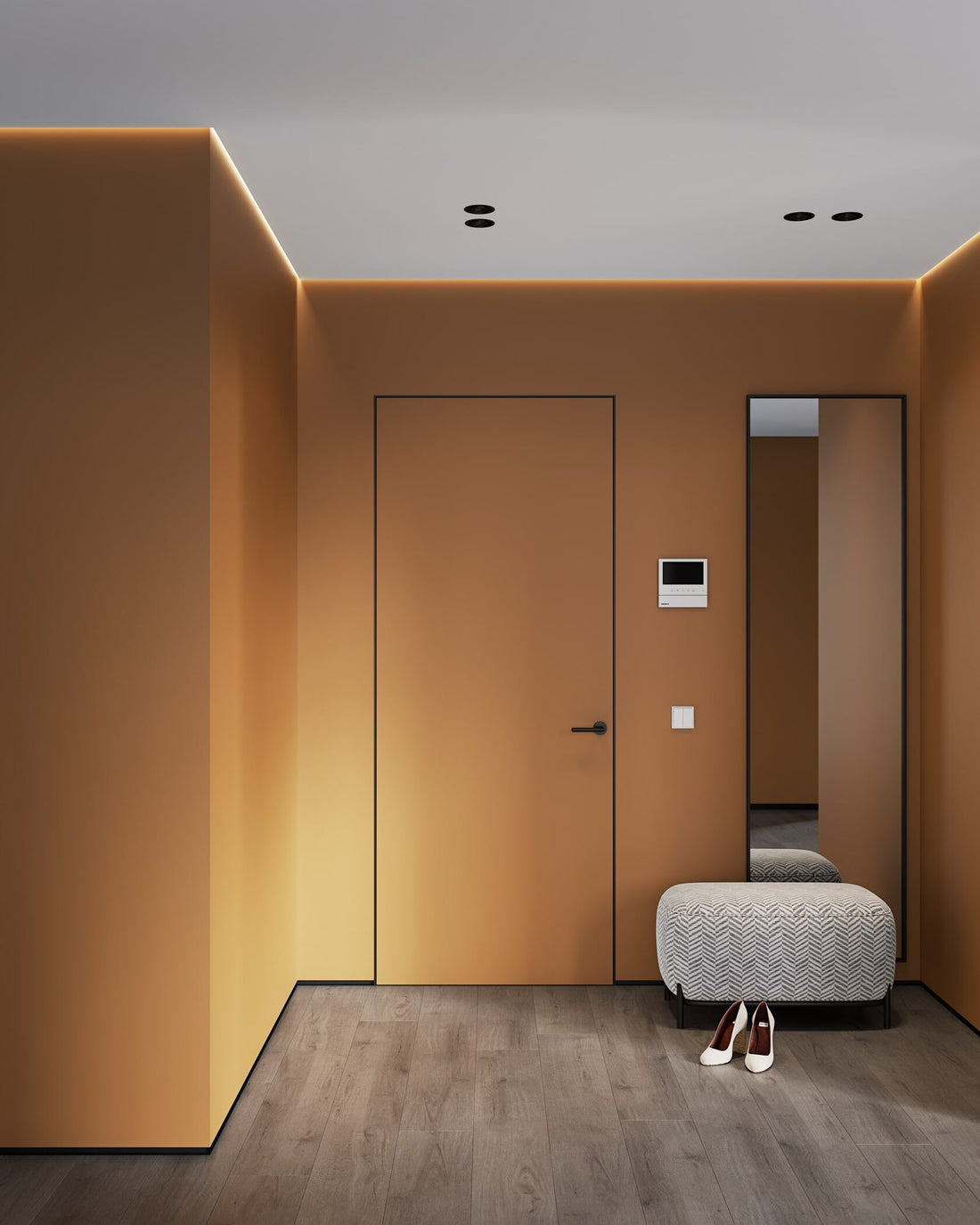
Understanding Drywall Thickness, Mudding and Painting
When working with gypsum board, understanding the thickness of the material, the process of mudding, and the subsequent painting is essential for achieving a professional finish. Here’s a comprehensive overview of each aspect.
Drywall Thickness
Drywall typically comes in various thicknesses, with the most common being:
• 1/2 inch: Standard for most interior walls and ceilings.
• 5/8 inch: Often used for ceilings or areas requiring enhanced fire resistance.
• 3/8 inch: Used in some applications where flexibility is needed, such as curved walls.
The choice of thickness can impact the overall durability and insulation properties of the wall.
Mudding Process
Mudding, or applying joint compound (drywall mud), is crucial for finishing gypsum board seams and achieving a smooth surface. Here are key steps involved in the mudding process:
1. Preparation:
• Ensure the drywall surface is clean and free from dust.
• Lightly sand the area to create a rough texture for better adhesion.
2. Applying Mud:
• Start with a thin layer of joint compound using a wide trowel or knife. Thin layers are preferable to avoid ridges and bumps.
• Spread the mud evenly across seams and imperfections, feathering out the edges to blend with the surrounding wall.
3. Drying and Sanding:
• Allow each coat to dry completely before sanding; this typically takes about 24 hours depending on conditions.
• Use fine-grit sandpaper to smooth out any imperfections, ensuring not to sand down to the tape underneath.
4. Multiple Coats:
• Apply additional coats as necessary, sanding between each layer. The goal is to achieve a seamless surface that blends well with the existing wall.
5. Final Touches:
• Once satisfied with the smoothness, wipe down the area to remove dust before proceeding to paint.
Painting Over Mudded Sheetrock
After mudding and sanding, painting is the final step. Here’s how to prepare for painting:
• Priming: Always prime the newly mudded areas before painting. This seals the joint compound and ensures even paint absorption.
• Painting: Apply at least two coats of paint for uniform coverage. The first coat may absorb more due to the porous nature of joint compound.
• Choosing Paint Sheen: Consider using an eggshell or satin finish, which can help conceal minor imperfections better than flat finishes.
Common Challenges
While mudding and painting can be straightforward, several challenges may arise:
• Poor Adhesion: Ensure proper surface preparation to avoid issues with mud not adhering well.
• Visible Seams: If seams remain visible after painting, additional feathering and sanding may be required.
• Bubbling or Cracking: These issues can often be mitigated by applying thin layers of mud and allowing adequate drying time between applications.
By following these guidelines on drywall thickness, mudding techniques, and painting processes, you can achieve a professional-looking finish that enhances your space's aesthetic appeal.
Conclusion
To achieve a professional plasterboard finish, it’s essential to choose the right thickness, apply joint compound precisely, and follow with careful sanding and painting. These steps ensure seamless, durable, and aesthetically appealing walls. Proper preparation, mudding technique, and paint application are key to a flawless result.
